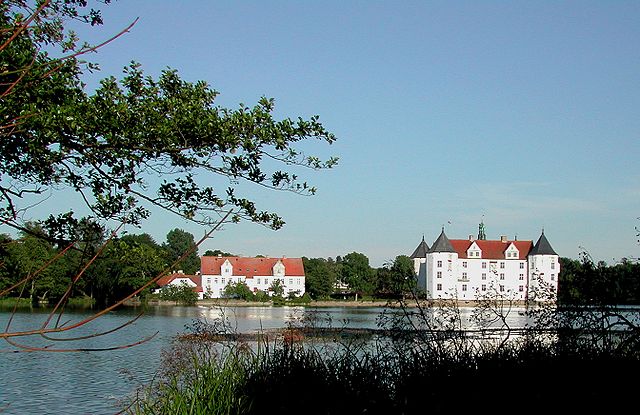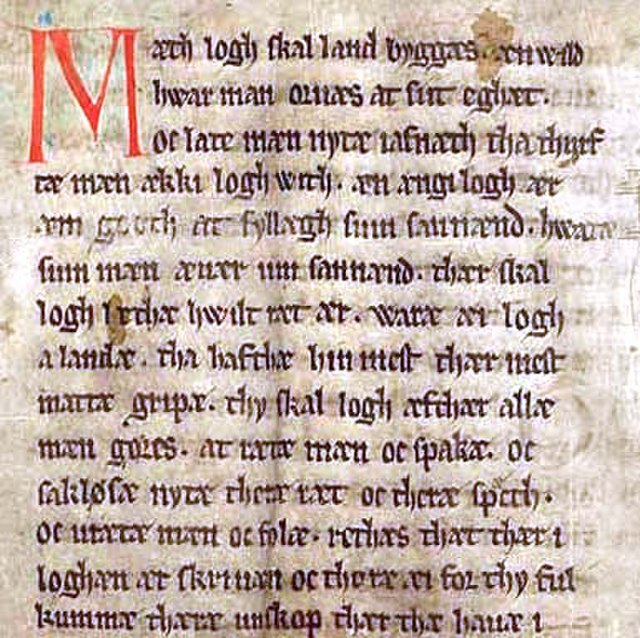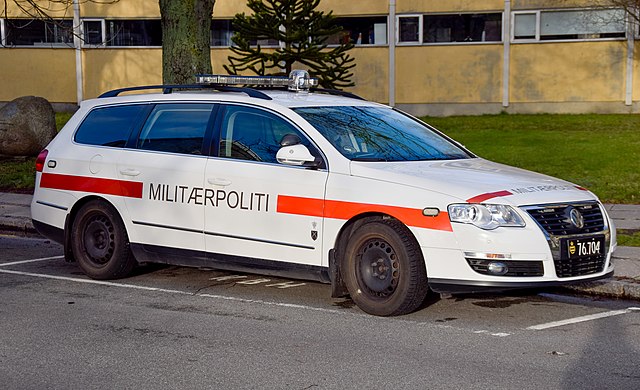Southern Schleswig is the southern half of the former Duchy of Schleswig in Germany on the Jutland Peninsula. The geographical area today covers the large area between the Eider river in the south and the Flensburg Fjord in the north, where it borders Denmark. Northern Schleswig, congruent with the former South Jutland County, forms the southernmost part of Denmark. The area belonged to the Crown of Denmark until Prussia and Austria declared war on Denmark in 1864. Denmark wanted to give away the German-speaking Holsten and set the new border at the small river Ejderen. Prussian chancellor Otto von Bismarck concluded that this justified a war, and even proclaimed it a "holy war". He also turned to the Emperor of Austria, Franz Joseph I of Austria for help. A similar war in 1848 had gone poorly for the Prussians. With Prussia's modern weapons and the help from both the Austrians and General Moltke, the Danish army was destroyed or forced to make a disorderly retreat. The Prussian-Danish border was then moved from the Elbe up in Jutland to the Kongeåen creek.

Residence of the Danish kings at Glücksburg Castle
Learn Danish banner in Flensburg, one of the major cities of Southern Schleswig
Danish is a North Germanic language from the Indo-European language family spoken by about six million people, principally in and around Denmark. Communities of Danish speakers are also found in Greenland, the Faroe Islands, and the northern German region of Southern Schleswig, where it has minority language status. Minor Danish-speaking communities are also found in Norway, Sweden, the United States, Canada, Brazil, and Argentina.
The first page of the Jutlandic Law originally from 1241 in Codex Holmiensis, copied in 1350. The first sentence is: "Mæth logh skal land byggas" Modern orthography: "Med lov skal land bygges" English translation: "With law shall a country be built"
Danish label reading militærpoliti, "military police", on a police vehicle
Learn Danish banner in Flensburg, Germany, where it is an officially recognized regional language
Danish keyboard with keys for Æ, Ø, and Å





